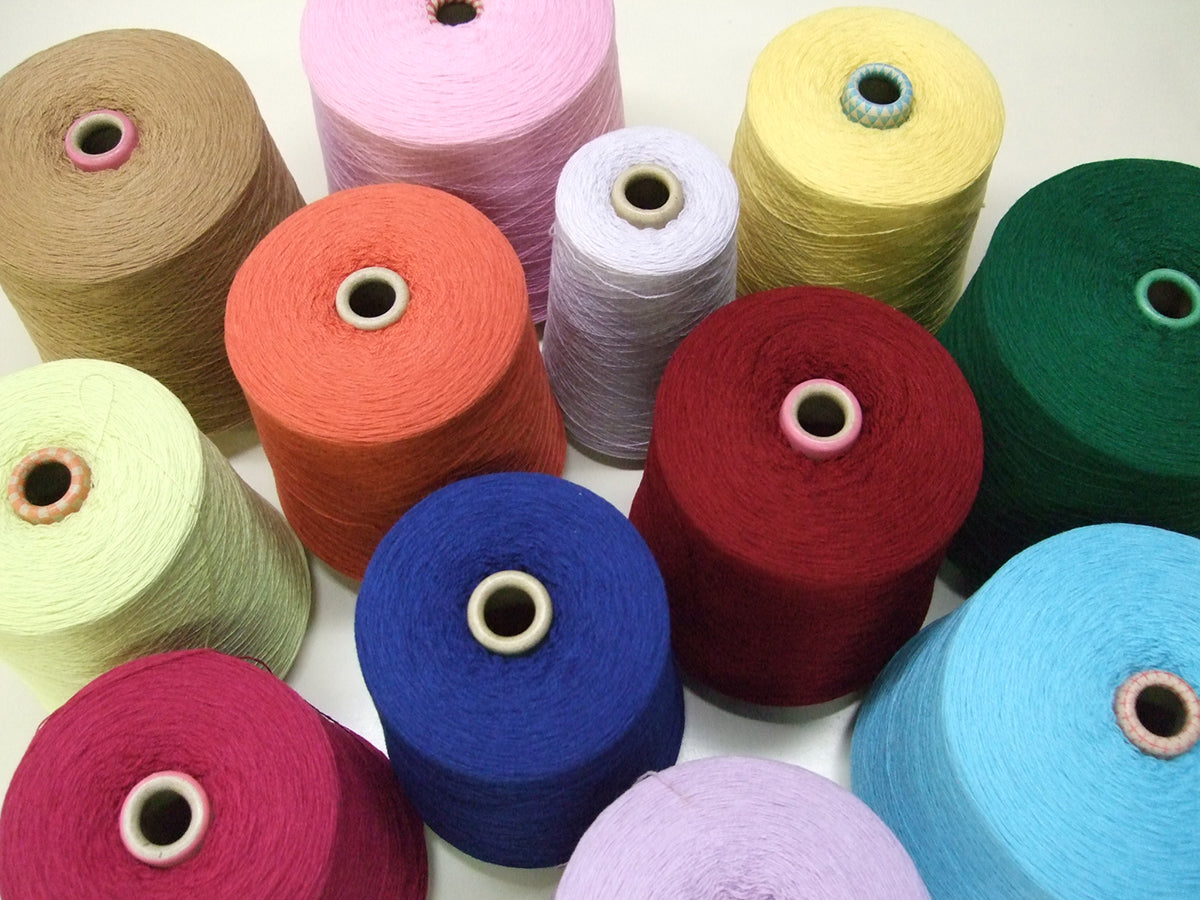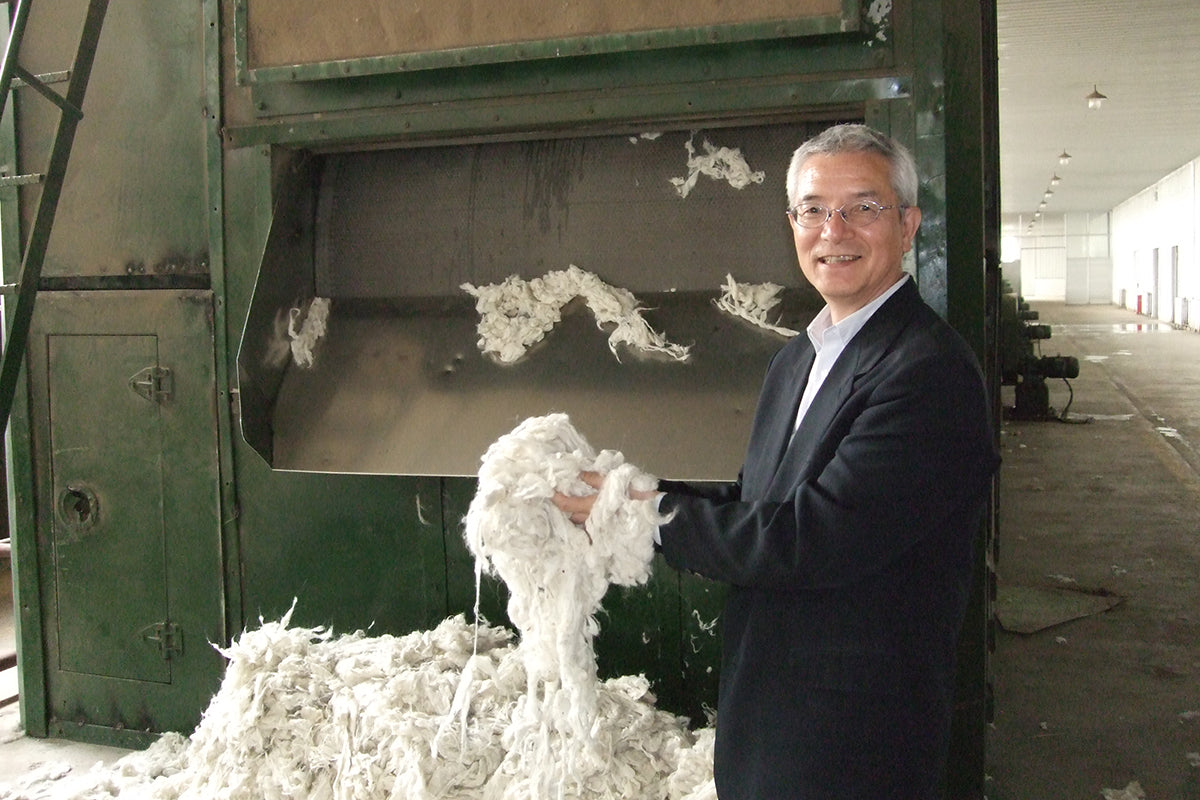Creating Cashmere Fluffy④ The "Seimou" Process
The most intricate process unique to cashmere
Unlike other wool fibers such as those from sheep, camels, or alpacas, which are spun directly from the harvested raw wool into yarn, cashmere goat's harvested wool is a mixture of hard hairs known as "prickly hairs" and the inner "downy hairs." To achieve cashmere's signature fluffy softness, only the downy hairs need to be extracted. The process of separating these downy hairs from the prickly ones, extracting only the downy hairs, is known as the "seimou" process.

The "seimou" process is the stage where prickly hairs are removed from the downy hairs while minimizing fiber breakage and damage, making it the most critical step in producing raw cashmere materials. This task is technically challenging, and it's fair to say that the hair preparation technique largely determines the quality of the raw wool.
The color, fiber thickness, and length are the primary quality criteria for raw cashmere. Original downy hairs of cashmere are long, but they are shortened due to fiber breakage that occurs during the hair trimming process. So, one could say that the quality is influenced by the technique used to prevent hair breakage in this process. The removed prickly hairs are effectively utilized as fodder for the fields.
In the wool preparation process, humidity control is crucial. If the wool material is too dry, the fibers deteriorate and are prone to breakage. The suitable humidity is about 67-68%. At this level of humidity, the working conditions are suitable in winter, but in summer, the high temperature and humidity make the environment quite challenging for working.

Until around the 1970s, Japanese spinning companies imported raw wool and then performed all processes, from sorting to washing and conditioning, in-house. Currently, China manages the sorting, washing, and conditioning of raw wool, and refrains from exporting raw wool to maintain employment and add value. Therefore, the raw material for cashmere is cashmere wool that has undergone the "seimou" process. Spinning companies worldwide purchase the raw materials from China, so this process is rarely seen in Japan or Europe.






